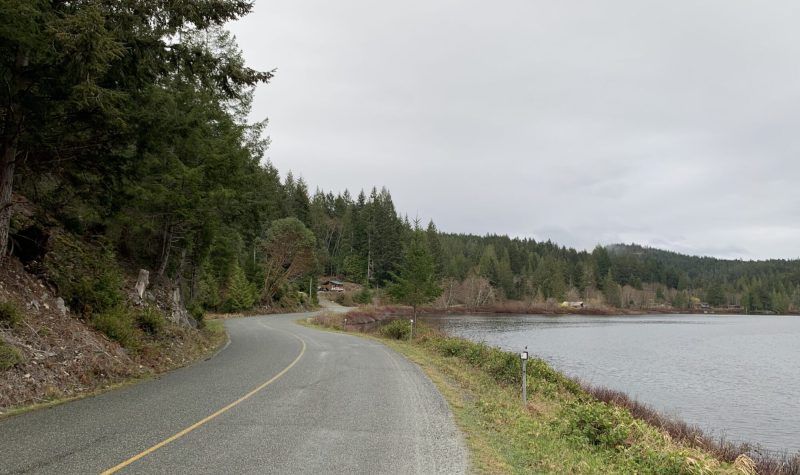During a community transportation webinar event hosted by the organization "Transition Salt Spring" last week, some island residents advocated for more community management of rural roads.
The discussion attracted participants from other islands—including Gabriola Island, Cortes Island and others—given the common experiences all Salish Sea islands have with transportation.
Steve Earle, an alternative transportation advocate from Gabriola Island, quizzed BC's Transportation Minister Rob Fleming about the province's control over rural roads. Earle was disappointed the minister's response did not address the specifics of Earle's question around greater community control over roads.
As Transition Salt Spring reports that transportation is the Island’s single biggest source of direct CO2 emissions —the same for many other islands in the Salish Sea—the focus of this webinar event was on exploring greener transportation options.
Government representatives, policymakers and transportation experts delved into options around improving Salt Spring's transit system, electrifying transportation and making Salt Spring more walkable and bikeable.
Earle has worked for many years to make Gabriola Island's hilly and narrow rural roads safer for pedestrians and cyclists. Like in many rural communities in BC where roads are not under the jurisdiction of a municipality, the responsibility for Gabriola Island's roads has defaulted to the province's Ministry of Transportation and Infrastructure (MOTI), who manages them as highways. Earle's experience in making roads safer has not been easy under MOTI, he said.
Listen to the interview with Steve Earle:


